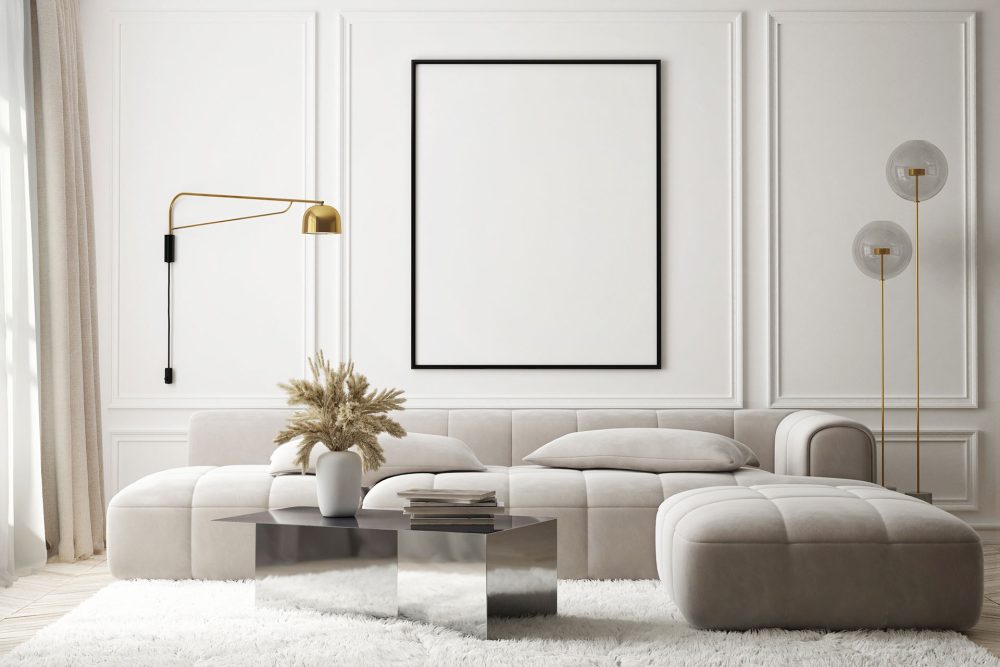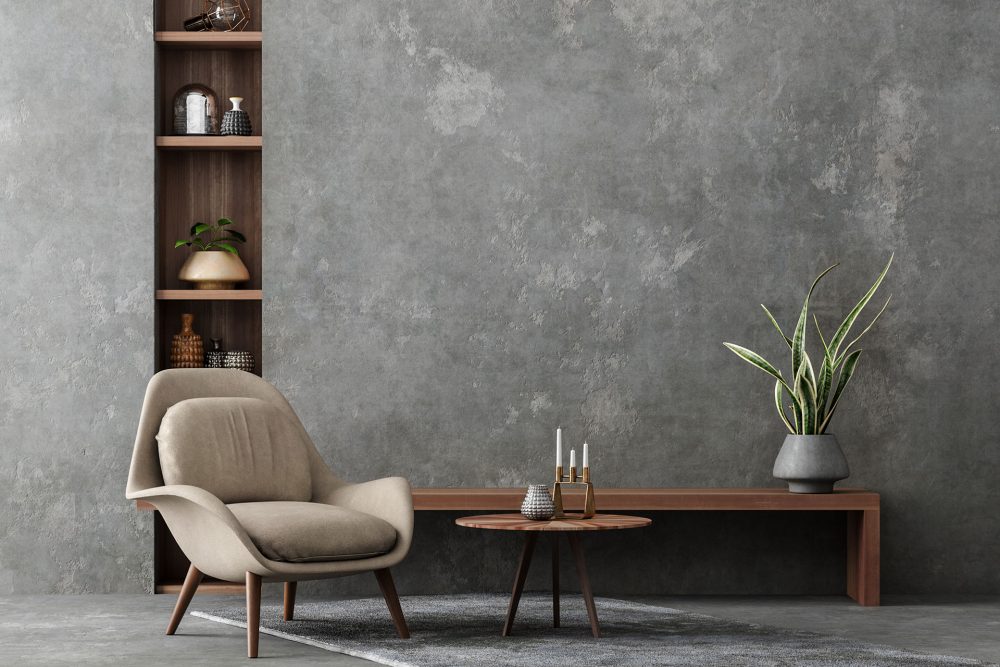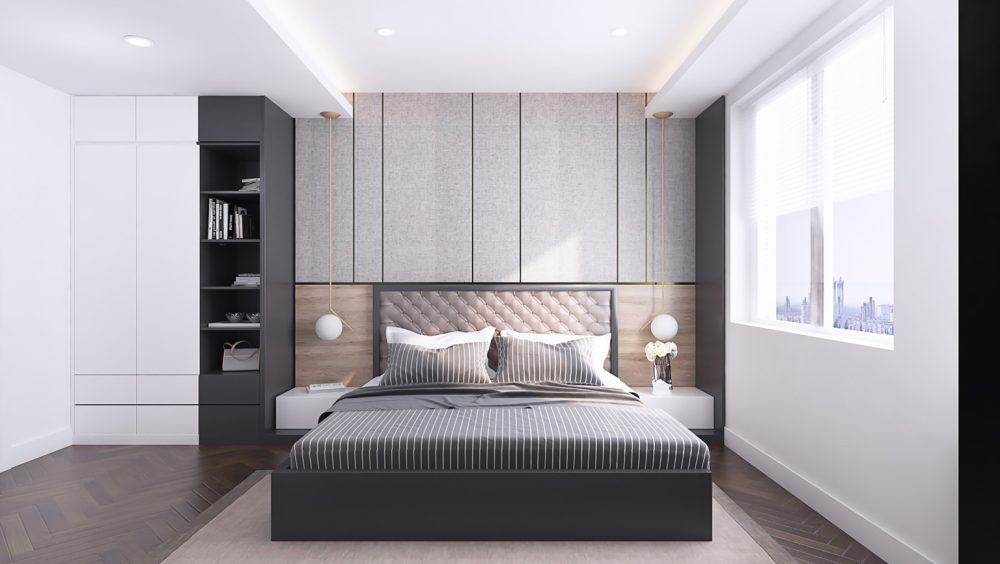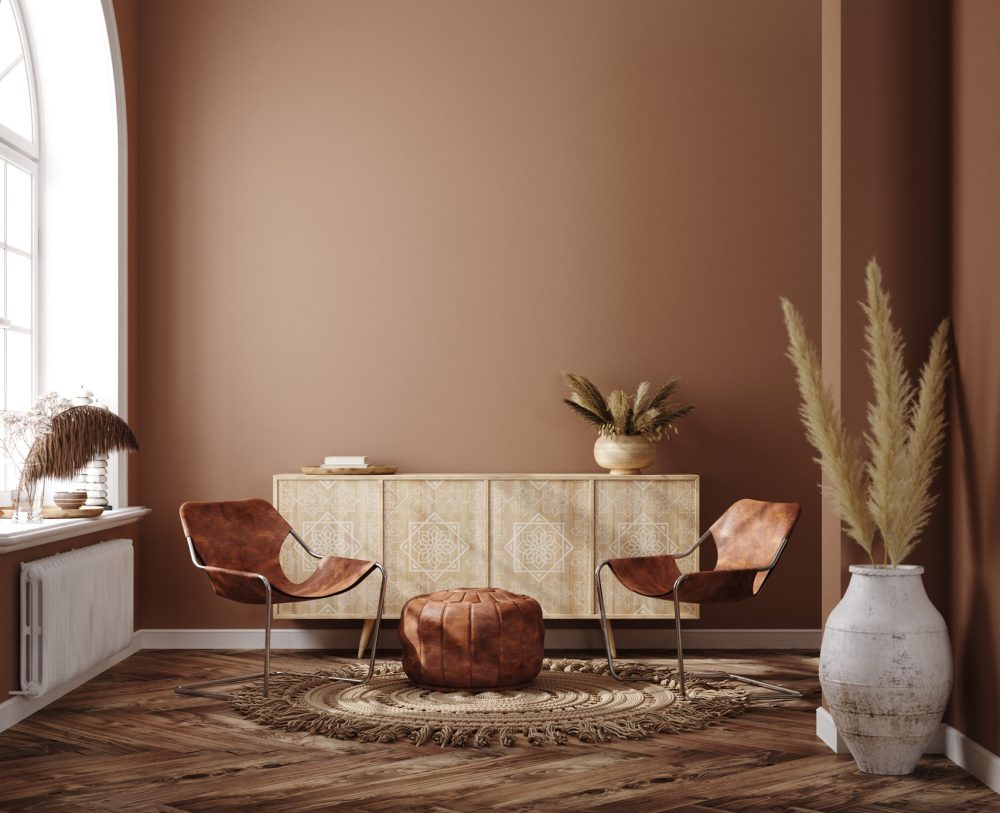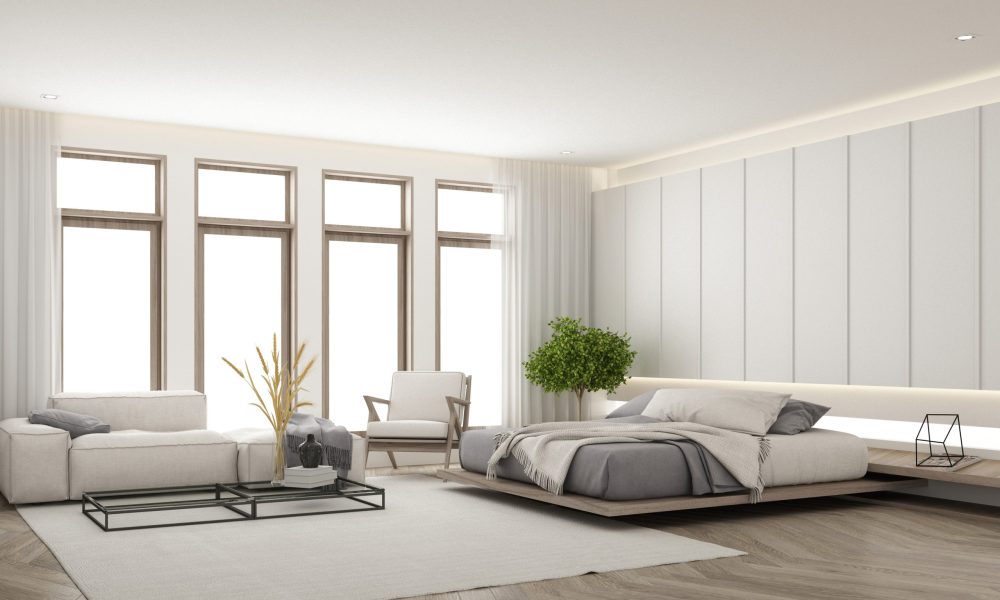May 2014,
I Ed. ,
169 pages
Price (single user license):
EUR 1600 / USD 1696
For multiple/corporate license prices please contact us
Language: English
Report code: S77
Publisher: CSIL
Status: available for online purchase and immediate download
Download
Table of contents
The Report ‘Furniture Flagship Stores’ is the result of:
- interviews with around 50 companies having experience of mono-brand or flagship stores in the furniture sector or in related activities
- out of these 50 companies, financial analysis of around 30 players
- excerpts from CSIL Report Smart and Fast Cities: forecasting furniture demand to 2020
- desk research, processing and conclusions.
The Executive Report section of the study (around 10 pages), offers highlights on “what a flagship store is”, investments and typical economical ratios, EBITDA for the involved furniture manufacturers, driving forces, useful tips, achievements, strategic alternatives (for example, shop-in-shop or franchising instead of flagship stores).
The second chapter (around 150 pages) shows the main findings of the Top 50 megacities where furniture flagship stores have been opened, together with facts and findings related to around 30 furniture manufacturers and 150 selected stores. Frequent topics are size of the shop, events, kind of product mix, localizations, ownership, involvement in the contract business.
The third chapter shows demographic and macroeconomic indicators for both the “Top 50” locations and the “Next 100” .
Among the analyzed furniture manufacturers:Arper, Bulthaup, Bo Concept, Fritz Hansen, Kartell, Molteni, Natuzzi, Panasonic, Philips, Poliform, Poltrona Frau, Wilkhahn.
Among the analyzed flagship stores (and their “alternatives”): Artemide (Miami), Arper (Clerkenwell), Au Bon Repos (Bruxelles), B&B (London), Chanintr Living (Bangkok), Colette (Paris), Cassina/Poltrona Frau (New York), Kare Design (Rome), Molteni (Milan), Moooi (Amsterdam), Matsu (Shanghai), Natuzzi Gallery (Beirut), Offect (Stockholm), Panasonic (Tokyo), Philips Lighting (London), Orient Home (Dalian), Ozone (Tokyo), Ritter Sport (Berlin), Roche Bobois (Chicago), Scavolini (New York), Vera Wang (Beijing), Versace Home (Delhi)
Among the Top 50 locations: Chicago, Delhi, London, Milan, Moscow, New, York, Paris, Shanghai
Among the “Next 100” locations: Boston, Buenos, Aires, Guadalajara, Hangzhou, Melbourne, Pune, Qingdao
Next step: CSIL is working on a model for analysing the pros and cons of the opening of a new flagship store.
Average EBITDA in the European Furniture Industry
Investing in a flagship store is not easy (you need frequently to put more than 1 million Eur on it) but furniture manufacturers that did it have an average profitability (EBITDA) approximately double in comparison with the other players.
The report Furniture Flagship Stores aims to be an investment guide, providing case histories, useful tips, an executive summary and suggested locations (‘Top 50’ worldwide cities and ‘Next 100’ fast cities).
Abstract of Table of Contents
1. Executive Report
1.1 Flagship store. What it’s all about
1.2 Driving forces
1.3 Investment
- Turnover, Cash Flow, EBITDA 2012 for a sample of manufacturers holding flagship stores.
1.4 Some useful tips
1.5 Achievements, financial ratios
- Balance sheet target for five sizes of flagship stores
1.6 Alternatives
1.7 How many Flagships…and where. Today and Tomorrow.
- Flagship stores: number and average size for a sample of companies
- Number of stores for a sample of furniture manufacturers
1.8 Demand Drivers: main cities where wealthy is
- World. Cities ranked by millionaires, 2012
- World. Cities ranked by billionaires, 2012
2. Main cities worldwide where furniture flagship stores have been opened
- some of considered cities in alphabetical order: Amsterdam, Beijing, Beirut, Dallas, Delhi, Madrid, Nairobi, New York, Saint Petersburg, Tokyo
3 The “Next” 100 best locations (statistical data)
- among considered data: furniture demand, population, GDP, household consumption
The Report ‘Furniture Flagship Stores’ is the result of:
- interviews with around 50 companies having experience of mono-brand or flagship stores in the furniture sector or in related activities
- out of these 50 companies, financial analysis of around 30 players
- excerpts from CSIL Report Smart and Fast Cities: forecasting furniture demand to 2020
- desk research, processing and conclusions.
The Executive Report section of the study (around 10 pages), offers highlights on “what a flagship store is”, investments and typical economical ratios, EBITDA for the involved furniture manufacturers, driving forces, useful tips, achievements, strategic alternatives (for example, shop-in-shop or franchising instead of flagship stores).
The second chapter (around 150 pages) shows the main findings of the Top 50 megacities where furniture flagship stores have been opened, together with facts and findings related to around 30 furniture manufacturers and 150 selected stores. Frequent topics are size of the shop, events, kind of product mix, localizations, ownership, involvement in the contract business.
The third chapter shows demographic and macroeconomic indicators for both the “Top 50” locations and the “Next 100” .
Among the analyzed furniture manufacturers:Arper, Bulthaup, Bo Concept, Fritz Hansen, Kartell, Molteni, Natuzzi, Panasonic, Philips, Poliform, Poltrona Frau, Wilkhahn.
Among the analyzed flagship stores (and their “alternatives”): Artemide (Miami), Arper (Clerkenwell), Au Bon Repos (Bruxelles), B&B (London), Chanintr Living (Bangkok), Colette (Paris), Cassina/Poltrona Frau (New York), Kare Design (Rome), Molteni (Milan), Moooi (Amsterdam), Matsu (Shanghai), Natuzzi Gallery (Beirut), Offect (Stockholm), Panasonic (Tokyo), Philips Lighting (London), Orient Home (Dalian), Ozone (Tokyo), Ritter Sport (Berlin), Roche Bobois (Chicago), Scavolini (New York), Vera Wang (Beijing), Versace Home (Delhi)
Among the Top 50 locations: Chicago, Delhi, London, Milan, Moscow, New, York, Paris, Shanghai
Among the “Next 100” locations: Boston, Buenos, Aires, Guadalajara, Hangzhou, Melbourne, Pune, Qingdao
Next step: CSIL is working on a model for analysing the pros and cons of the opening of a new flagship store.
Average EBITDA in the European Furniture Industry
Investing in a flagship store is not easy (you need frequently to put more than 1 million Eur on it) but furniture manufacturers that did it have an average profitability (EBITDA) approximately double in comparison with the other players.
The report Furniture Flagship Stores aims to be an investment guide, providing case histories, useful tips, an executive summary and suggested locations (‘Top 50’ worldwide cities and ‘Next 100’ fast cities).
Abstract of Table of Contents
1. Executive Report
1.1 Flagship store. What it’s all about
1.2 Driving forces
1.3 Investment
- Turnover, Cash Flow, EBITDA 2012 for a sample of manufacturers holding flagship stores.
1.4 Some useful tips
1.5 Achievements, financial ratios
- Balance sheet target for five sizes of flagship stores
1.6 Alternatives
1.7 How many Flagships…and where. Today and Tomorrow.
- Flagship stores: number and average size for a sample of companies
- Number of stores for a sample of furniture manufacturers
1.8 Demand Drivers: main cities where wealthy is
- World. Cities ranked by millionaires, 2012
- World. Cities ranked by billionaires, 2012
2. Main cities worldwide where furniture flagship stores have been opened
- some of considered cities in alphabetical order: Amsterdam, Beijing, Beirut, Dallas, Delhi, Madrid, Nairobi, New York, Saint Petersburg, Tokyo
3 The “Next” 100 best locations (statistical data)
- among considered data: furniture demand, population, GDP, household consumption
SEE ALSO
Furniture retailing in Europe
February 2024, XVII Ed. , 296 pages
Comparative analysis of the home furniture retailing industry in 15 European countries, with trends in home furniture consumption, market forecasts, data by country, analysis by distribution channel, retail formats and sales performances of leading home furniture retailers in Europe
Top 100 mattress specialist retailers in Europe
November 2023, I Ed. , 14 pages
A bird’s eye view of players in the European mattress market with a ranking of the 100 leading mattress specialist retailers in Europe.
E-commerce in the mattress industry
September 2023, V Ed. , 102 pages
Detailed analysis of the global e-commerce mattress markets with a focus on North America, Europe, and the Asia Pacific. Features of the online mattress business, the current incidence of online mattress sales by geographical areas and in key countries, the major markets, e-commerce mattress sales of the leading retailers by area, and company profiles of top players operating in the online mattress sector.
La distribuzione del mobile in Italia. Analisi per provincia (Italian)
July 2023, XX Ed. , 174 pages
This report provides a detailed picture of the Italian furniture market and retailing, for the whole national market and by province, providing the size and development of the home furniture market and its segments, market shares and development of distribution channels, estimated home furniture sales for key retailers, in-depth analysis of both large retail chains and independent retailers, companies’ strategies and trends
Top 100 furniture retailers in Europe
November 2022, I Ed. , 15 pages
Analysis of the European Furniture retail competitive landscape: ranking of the 100 leading retailers, with company name, group, headquarter location, website, brands, estimated home furniture turnover, and number of stores.
